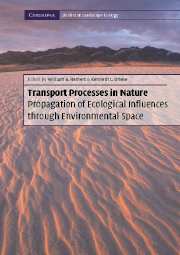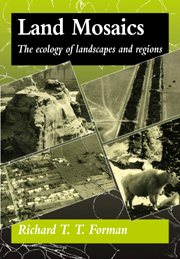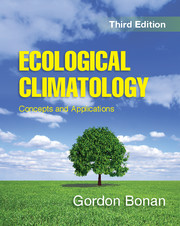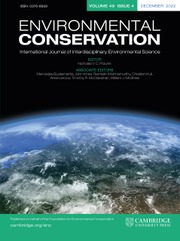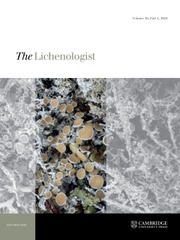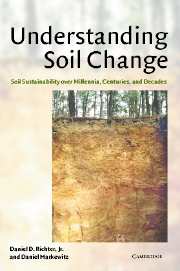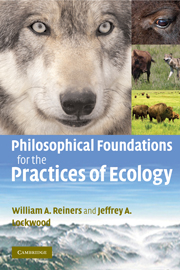Transport Processes in Nature Hardback with CD-ROM
This book provides a new perspective on how events or conditions in environmental space have influences at other places in that space. In the first half of the book, the authors introduce the general question of propagation of ecological influences through environmental space (terrestrial, aquatic and aerial), then lay out a system for its analysis by organization into four components: initiating events or conditions, vectors conducting influences over space, entities that are transported, and the consequences of these propagation processes. Methods of representing environmental heterogeneity and for modeling transport processes are discussed in the context of such propagations. In the second half of the book, properties of eight general transport vectors and examples of transport models in realistic ecological situations are explained. For each of the vectors, a simulation model is provided on a CD included with the book (users require access to ArcView GIS software).
- Superb synthesis of the ways in which events or conditions in one area have an ecological consequence elsewhere
- Provides an introduction to models that describe and predict the movement of these influences across natural environments
- Interactive models provided on a CD included with the book
Product details
July 2004Mixed media product
9780521804844
314 pages
247 × 175 × 15 mm
0.686kg
104 b/w illus. 6 tables
Available
Table of Contents
- Part I:
- 1. Flows and movements in ecology
- 2. Causes, mechanisms and consequences of propagating influences
- 3. How do we see nature?
- 4. Representing and predicting propagation phenomena: modeling in explicit-realistic space
- Part II:
- 5. Introduction to Part II
- 6. Diffusion
- 7. Colluvial transport
- 8. Wind transport
- 9. Fire
- 10. Fluvial transport
- 11. Animal movement
- 12. Electromagnetic radiation
- 13. The propagation of sound
- References
- Index.

